Most Expensive Dog Breeds: When we think about man’s best friend, the cost isn’t usually the first thing that springs to mind. Yet, for some dog enthusiasts, acquiring a certain breed can mean shelling out big bucks. But what exactly drives up the price tag on these furry companions? From the rarity of the breed, impeccable pedigrees, to their lavish grooming needs and skyrocketing popularity, several factors can make certain dog breeds a luxury to own.
Criteria for Ranking
Diving into the world of high-priced hounds, our ranking criteria isn’t just about the initial sticker shock of purchasing these pedigree pups. We’re also considering the whole shebang – the lifetime cost of care, including grooming necessities, health check-ups, and their diet preferences. These aspects give us a fuller picture of what owning one of these prestigious breeds truly entails.
Top 25 Most Expensive Dog Breeds
Let’s get to the heart of our guide. For each breed, we’ll cover their origins, distinctive traits, purchase price, and why they’re considered a premium pet, among other considerations.
1- Breed Name: Samoyed
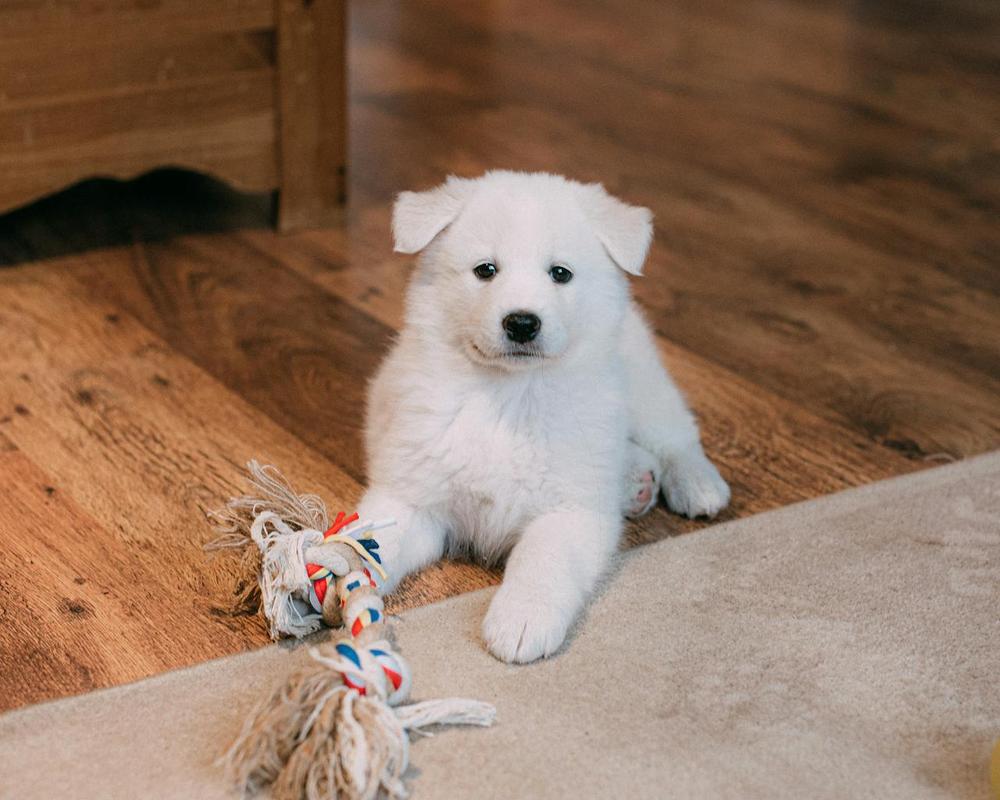
- Origin and History: Originating from Siberia, these fluffy companions were bred for herding and pulling sleds.
- Characteristics: Known for their gentle and friendly demeanor, not to mention their iconic “Sammy smile.”
- Average Purchase Price: $1,000 – $3,000
- Maintenance and Care Costs: High grooming needs due to their thick coat, and potential for genetic health issues.
- Why It’s Expensive: Their rarity outside of their native Siberia and high maintenance costs.
- Ownership Considerations: Prepare for lots of grooming and exercise.
2- Breed Name: Tibetan Mastiff
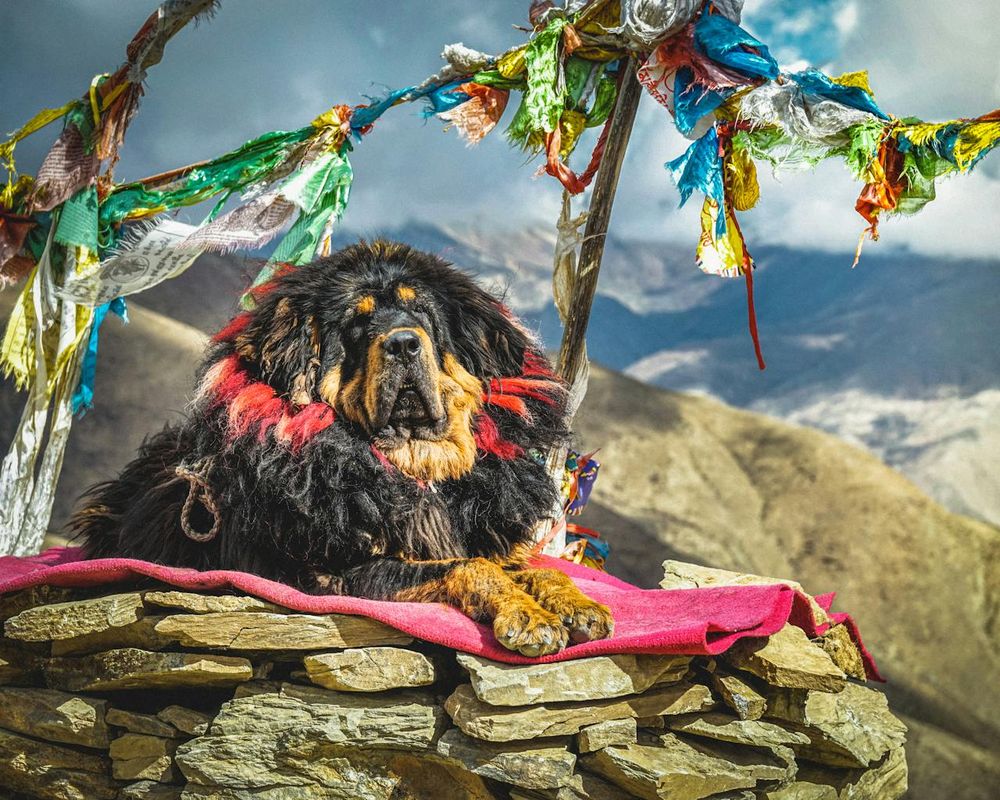
- Origin and History: This imposing breed hails from Tibet and was traditionally used to protect sheep from predators like wolves and leopards. Its history is ancient, with roots going back thousands of years, serving as both a guardian and a status symbol among the Himalayan nomads.
- Characteristics: The Tibetan Mastiff is known for its noble and majestic appearance, with a thick, heavy coat, and a powerful build. They possess a calm and thoughtful demeanor but are fiercely protective of their family and territory when necessary.
- Average Purchase Price: $2,500 – $4,000, with some specimens sold for much higher due to their pedigree and rarity.
- Maintenance and Care Costs: Given their size and coat, they require regular grooming to prevent matting. They’re also prone to certain genetic conditions, which can increase healthcare costs.
- Why It’s Expensive: Their rarity outside Tibet and the cost of ensuring a pure lineage contribute significantly to their high price. Additionally, their size and maintenance requirements add to the overall cost of ownership.
- Ownership Considerations: Potential owners should be prepared for a dog that requires space to roam and a firm, consistent hand in training. They’re not suited to apartment living and can be reserved with strangers, making early socialization crucial.
3- Breed Name: French Bulldog
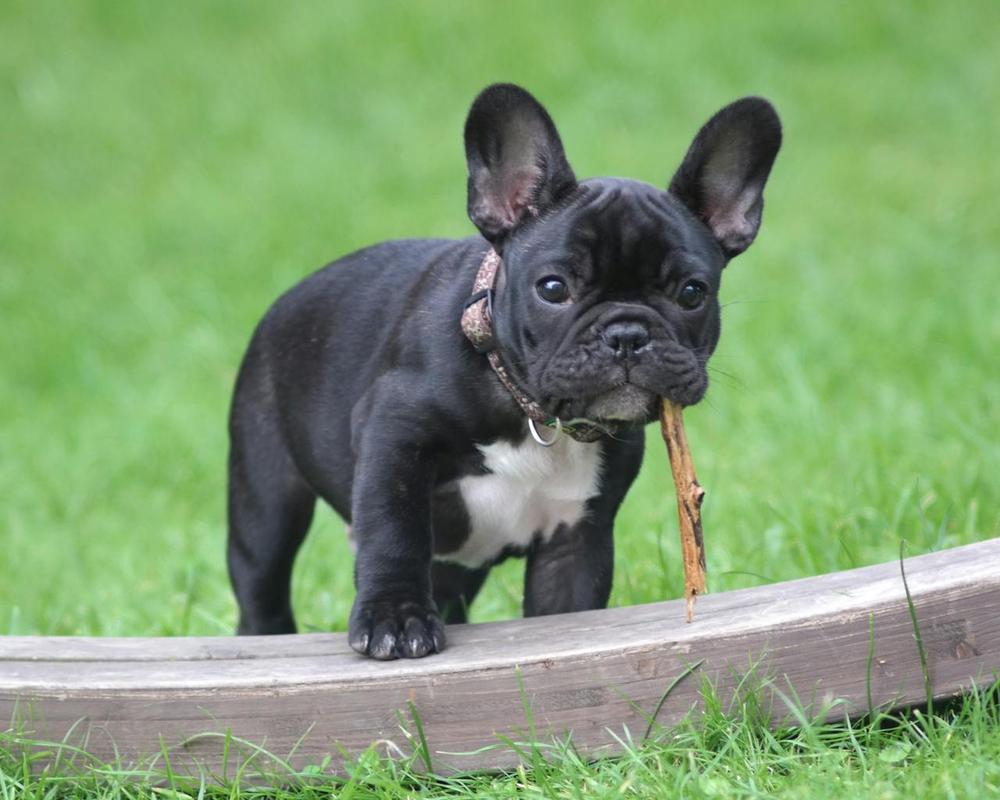
- Origin and History: Originating from England and later refined in France, the French Bulldog became a symbol of Parisian culture in the 19th century. They were initially bred as companion dogs and are known for their affectionate nature.
- Characteristics: French Bulldogs are small but sturdy dogs with a distinctive bat-like ear. They’re known for their playful, smart, and adaptable personality.
- Average Purchase Price: $1,500 – $3,000, with some rare color patterns fetching higher prices.
- Maintenance and Care Costs: They require minimal grooming but can have health issues such as respiratory problems and skin conditions, which can increase healthcare costs.
- Why It’s Expensive: Their popularity, coupled with the high demand and the challenges of breeding (many require cesarean sections due to the pups’ head size), drives up the price.
- Ownership Considerations: Great for apartment living due to their size, but prospective owners should be aware of their health issues and ensure they’re prepared for potential vet visits.
4- Breed Name: Chow Chow
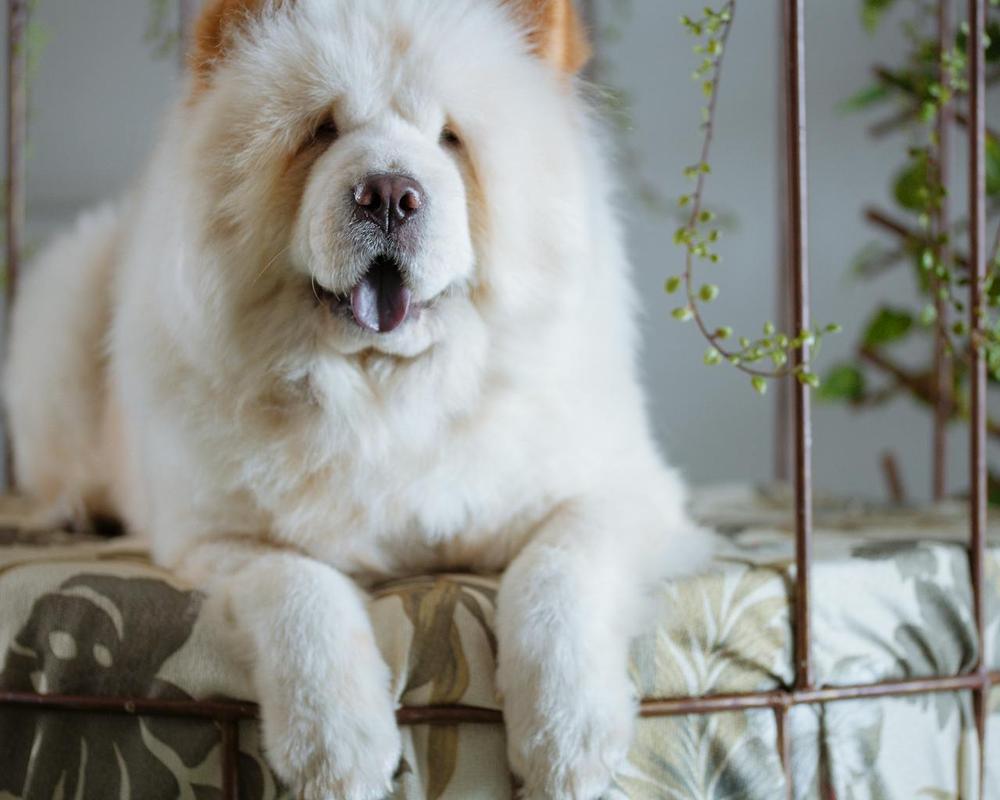
- Origin and History: Hailing from northern China, the Chow Chow is one of the oldest dog breeds, historically used as hunting and guarding dogs. They are renowned for their lion-like mane and noble demeanor.
- Characteristics: The breed is known for its aloof and independent nature, with a distinctive blue-black tongue and a sturdily built frame.
- Average Purchase Price: $1,000 – $4,000, varying greatly with lineage and appearance.
- Maintenance and Care Costs: Chow Chows require regular grooming due to their dense coat. They are also prone to certain genetic health issues, including hip dysplasia and eye conditions.
- Why It’s Expensive: Their unique appearance, ancient lineage, and the cost associated with their care and breeding contribute to their high price.
- Ownership Considerations: Best suited for experienced dog owners. Early socialization and training are essential for this breed to manage their independent and protective nature.
5- Breed Name: Afghan Hound
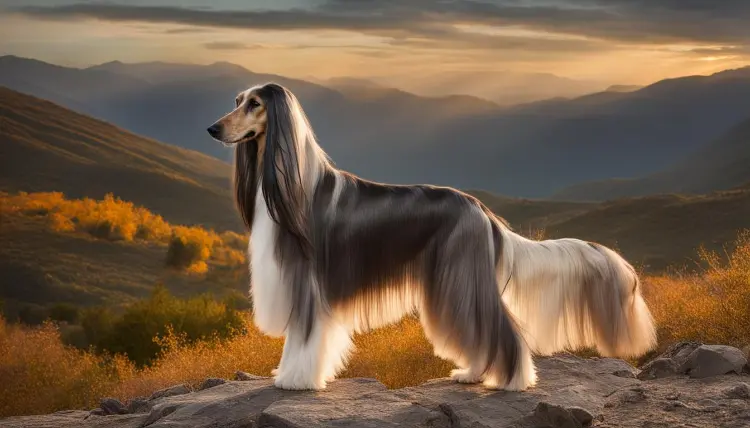
- Origin and History: Originating from the mountains of Afghanistan, the Afghan Hound is known for its elegant beauty and was originally used for hunting large prey. Their long, flowing coats were perfect for the cold mountainous terrain.
- Characteristics: They are one of the most dignified breeds, with a regal bearing and a silky coat. Known for their speed and agility, they also possess a playful and affectionate side.
- Average Purchase Price: $2,000 – $2,500, with variations based on lineage and appearance.
- Maintenance and Care Costs: Their luxurious coat requires extensive grooming. They’re generally healthy but can have occasional health concerns typical of large breeds.
- Why It’s Expensive: Their striking appearance, the cost of grooming, and their status as a somewhat rare breed contribute to their cost.
- Ownership Considerations: They need regular exercise and space to run. Their grooming needs are significant, requiring dedication and potentially professional grooming assistance.
6- Breed Name: Lowchen
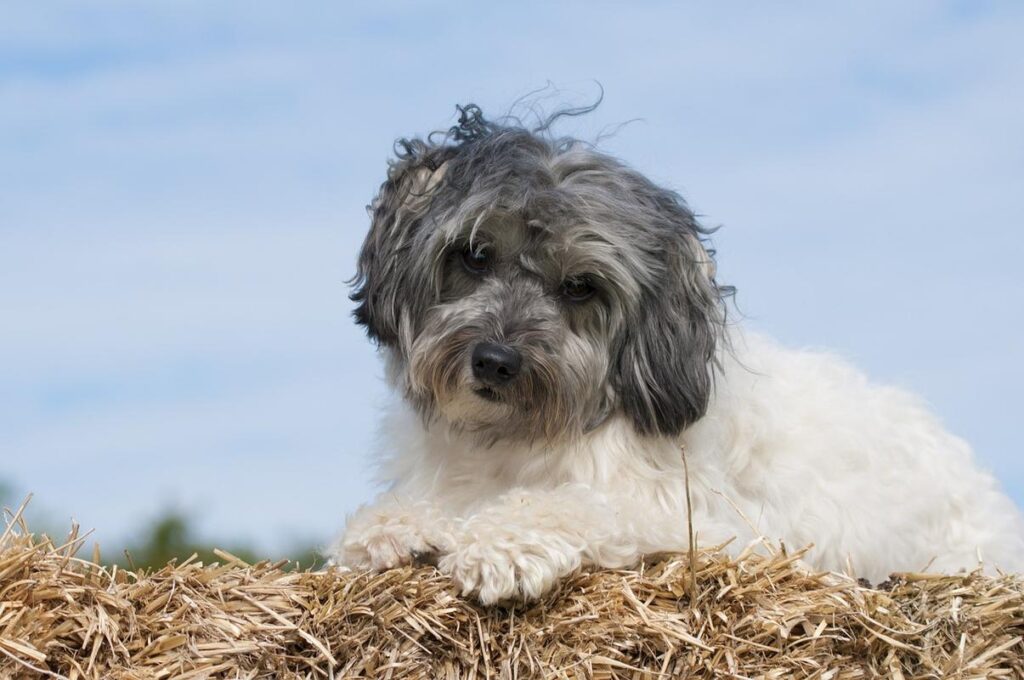
- Origin and History: Known as the “Little Lion Dog,” the Lowchen has roots in Renaissance Europe, where it was a popular dog among nobles. They were bred for companionship, and their distinctive lion trim caught the eye of many.
- Characteristics: They are small, lively, and friendly dogs with a long and flowing coat that is often trimmed in the traditional “lion” style for shows.
- Average Purchase Price: $2,500 – $5,000, one of the rarer breeds, contributing to their higher price.
- Maintenance and Care Costs: Requires regular grooming to maintain their coat and avoid matting. They are generally healthy but like all breeds, they can have breed-specific health issues.
- Why It’s Expensive: Their rarity and the high demand among enthusiasts for this affectionate companion breed are the main factors driving up their price.
- Ownership Considerations: Ideal for families and adaptable to apartment living. They are energetic and require regular exercise, but their size makes them manageable.
7- Breed Name: English Bulldog
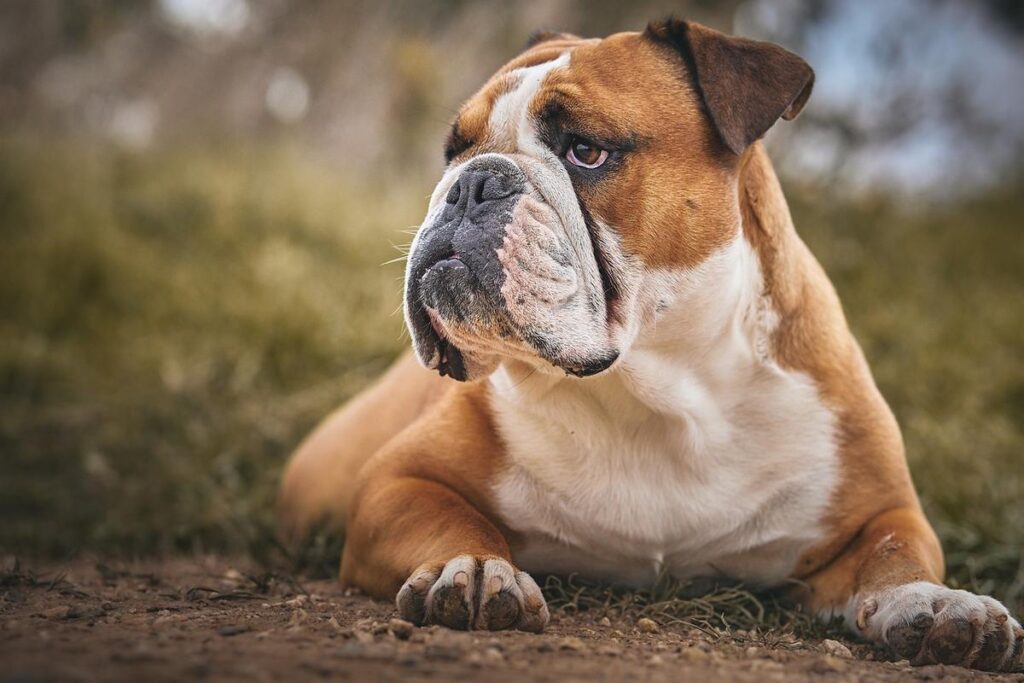
- Origin and History: Originating from England, the English Bulldog has a storied history dating back to the 13th century. Initially bred for the now-outlawed sport of bull-baiting, they have since become beloved companions, known for their courageous yet friendly demeanor.
- Characteristics: English Bulldogs are recognizable by their loose, saggy skin, muscular build, and distinctive pushed-in nose. They are renowned for their loyalty and gentle, yet willful personality.
- Average Purchase Price: $1,500 – $4,000, with variations based on lineage and appearance.
- Maintenance and Care Costs: Their health care can be costly due to predispositions towards respiratory, joint, and skin issues. Regular veterinary check-ups are essential.
- Why It’s Expensive: The cost of breeding English Bulldogs is high due to their physical characteristics, which often necessitate cesarean sections for birthing. Additionally, their popularity sustains their high market price.
- Ownership Considerations: Prospective owners should be prepared for a dog that loves attention and companionship but may require significant medical care. Their laid-back nature makes them suitable for apartment living.
8- Breed Name: Cavalier King Charles Spaniel
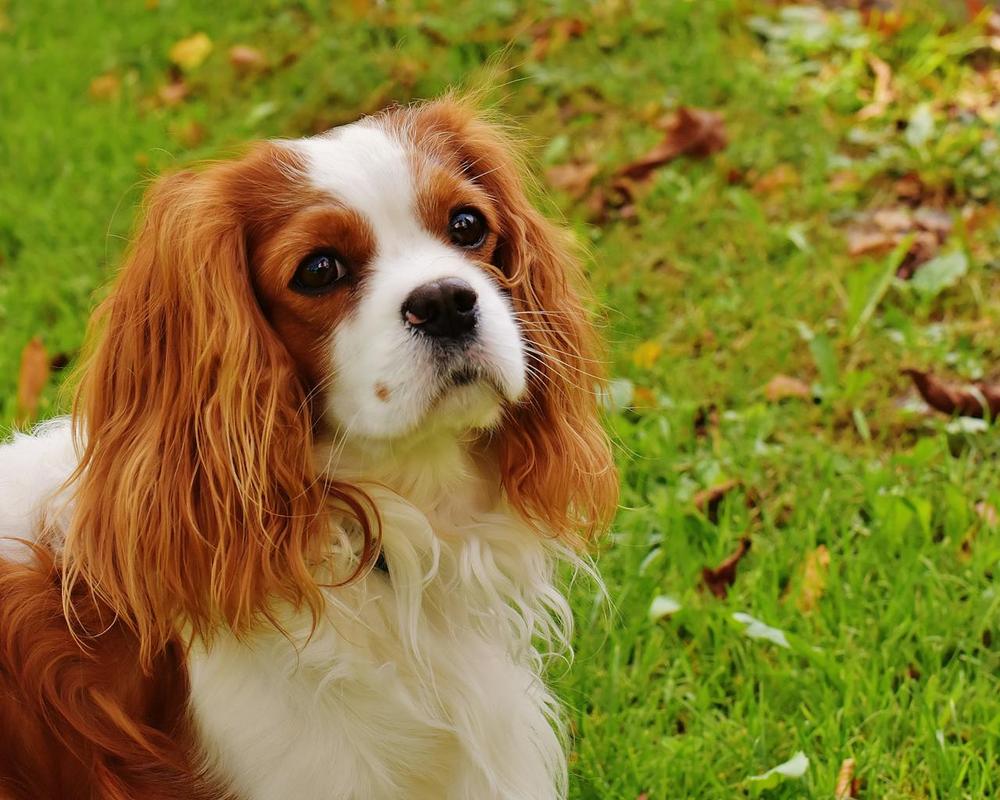
- Origin and History: This breed’s roots can be traced back to the 17th century in England, where they were favored by royalty and nobility. The Cavalier King Charles Spaniel was bred for companionship and is named after King Charles II.
- Characteristics: Known for their expressive eyes and beautiful silky coat, Cavaliers are affectionate, gentle, and adaptable dogs, making them excellent family pets.
- Average Purchase Price: $1,000 – $3,500, with price dependent on the breeder’s reputation and the dog’s lineage.
- Maintenance and Care Costs: They require regular grooming and are prone to certain genetic health issues, including heart conditions and hip dysplasia, which can affect long-term care costs.
- Why It’s Expensive: Their popularity, coupled with their status as a companion breed with a royal lineage, contributes to their cost. Breeding practices aiming for specific health and aesthetic qualities also play a role.
- Ownership Considerations: Cavaliers do well in various living situations and are known for their loving nature. Potential owners should consider their health needs and ensure they’re committed to providing the necessary care.
9- Breed Name: Rhodesian Ridgeback
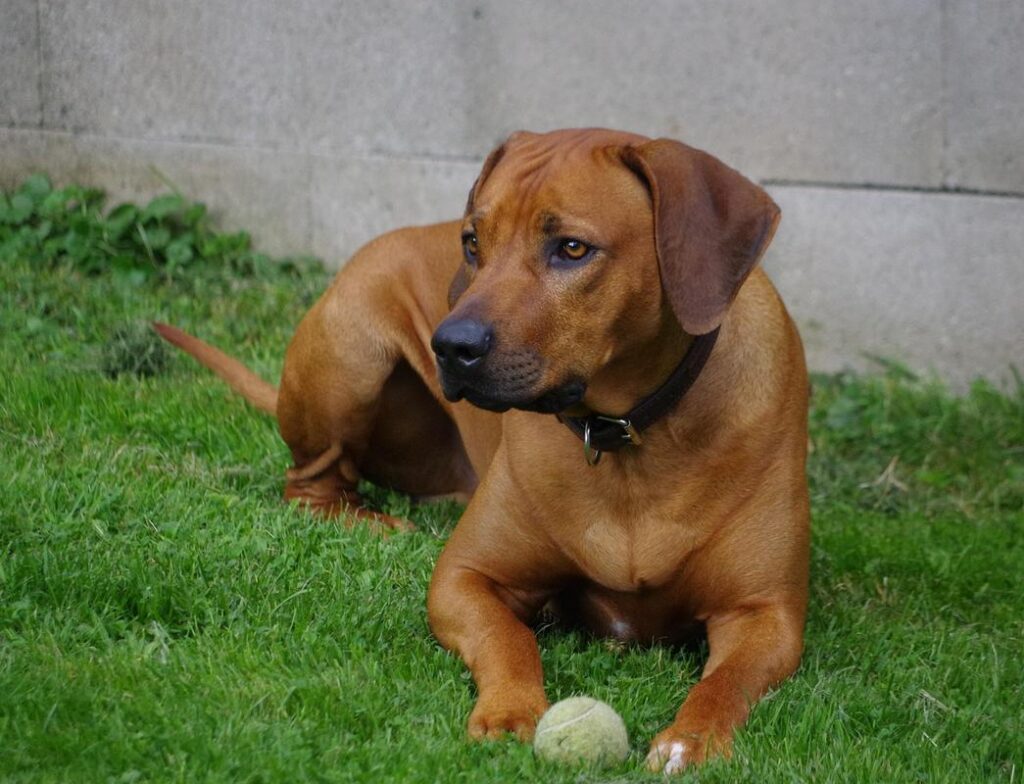
- Origin and History: Originally bred in Southern Africa to hunt lions, the Rhodesian Ridgeback is a testament to strength, agility, and courage. Their distinctive feature is the ridge of hair running along their back, growing in the opposite direction to the rest of their coat.
- Characteristics: They are independent, intelligent, and loyal dogs with a moderate energy level. Their athleticism is matched by their affectionate nature towards their family.
- Average Purchase Price: $1,000 – $2,500, influenced by the breeder’s reputation and the specific lineage of the dog.
- Maintenance and Care Costs: Ridgebacks are generally healthy but need regular exercise to maintain their physical and mental well-being. They have minimal grooming needs.
- Why It’s Expensive: While not the most expensive on this list, their price reflects their unique breed characteristics, demand, and the costs associated with responsible breeding practices.
- Ownership Considerations: Ideal for active families or individuals, as they require plenty of exercises. Early training and socialization are recommended to manage their strong-willed nature.
10- Breed Name: Bernese Mountain Dog
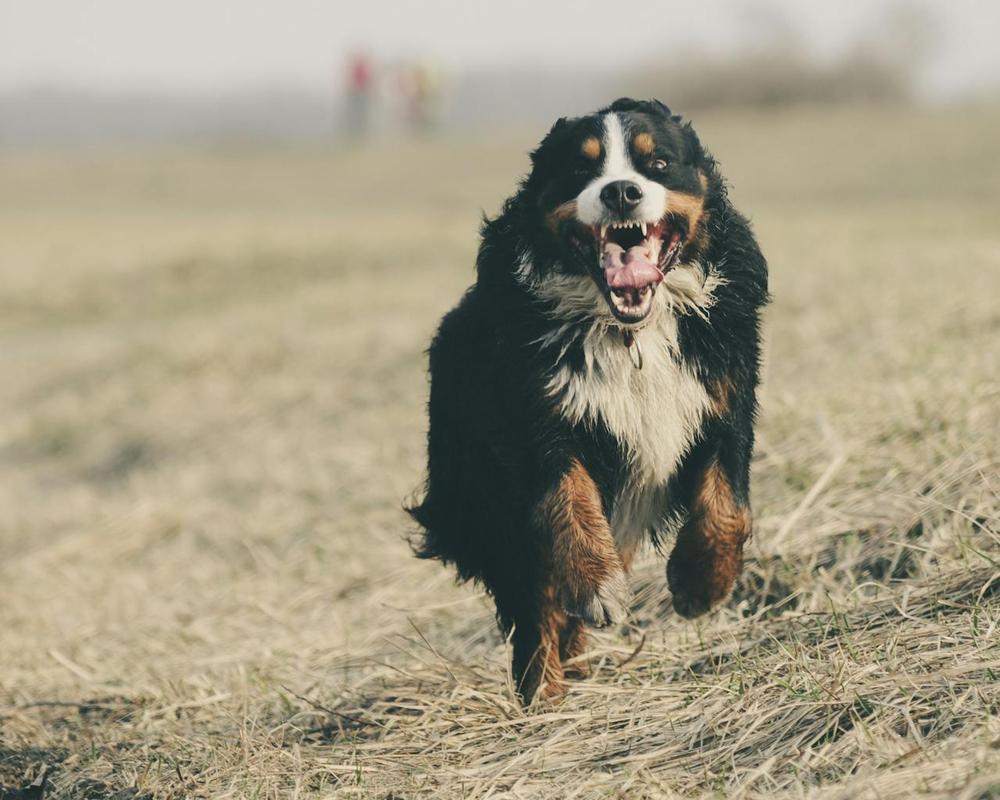
- Origin and History: Originating from the Swiss Alps, the Bernese Mountain Dog was initially used as a farm dog, capable of herding cattle, pulling carts, and serving as a loyal companion to farmers.
- Characteristics: These dogs are known for their striking tri-colored coat, gentle temperament, and strong build. They are friendly, affectionate, and great with children, making them excellent family pets.
- Average Purchase Price: $800 – $2,000, which can vary based on the dog’s pedigree and the breeder’s reputation.
- Maintenance and Care Costs: Bernese Mountain Dogs have a relatively short lifespan, with a predisposition towards certain genetic health issues, such as cancer and joint problems, which can lead to higher veterinary costs.
- Why It’s Expensive: Their breeding, coupled with their large size and potential health care costs, contributes to their overall cost of ownership.
- Ownership Considerations: Due to their size and energy levels, Bernese Mountain Dogs do best in homes with space to roam. Owners should be prepared for significant shedding and the emotional and financial implications of their potential health issues.
11- Breed Name: Irish Wolfhound
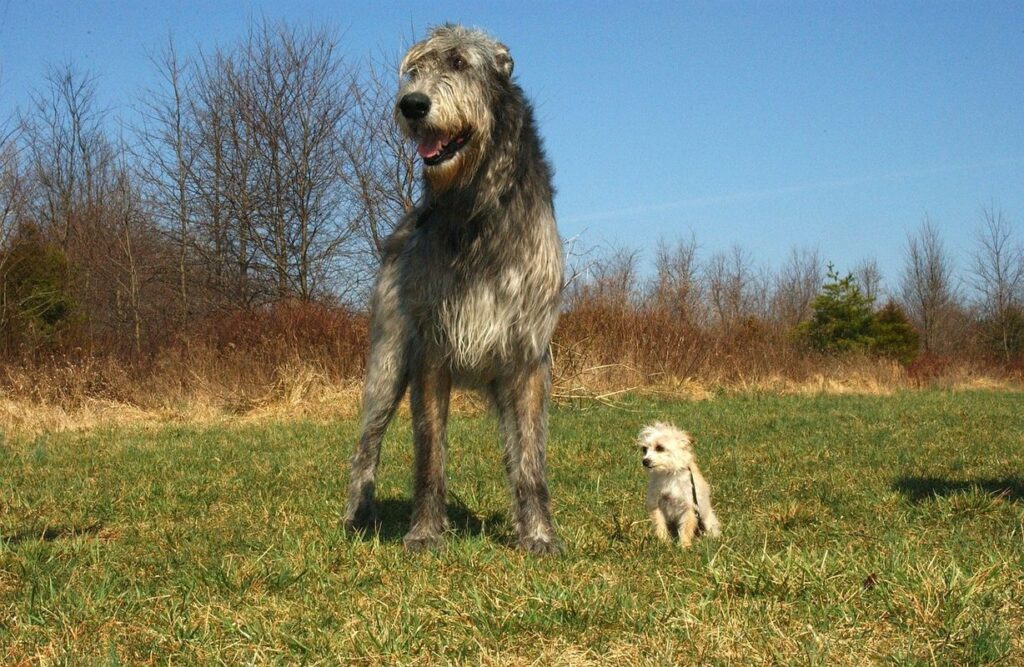
- Origin and History: The Irish Wolfhound has a storied past that dates back to antiquity, originally bred for hunting wolves and as a war dog. They are among the tallest dog breeds, with a noble and commanding presence.
- Characteristics: Known for their incredible size, Irish Wolfhounds are also gentle giants with a calm and friendly disposition. They possess a rough coat and a strong build, reflecting their hunting heritage.
- Average Purchase Price: $1,500 – $2,500, though prices can vary based on lineage and breeding.
- Maintenance and Care Costs: Their large size means they require ample space and food. Health care can be costly, as they are prone to heart issues and bone cancer, among other conditions typical for large breeds.
- Why It’s Expensive: Their significant size, the cost of upkeep, and health care, coupled with their historical significance and rarity, contribute to their high price.
- Ownership Considerations: Potential owners should have ample space and be prepared for the short lifespan typical of large breeds. Their gentle nature makes them excellent family pets, but their size and strength require responsible management.
12- Breed Name: Neapolitan Mastiff
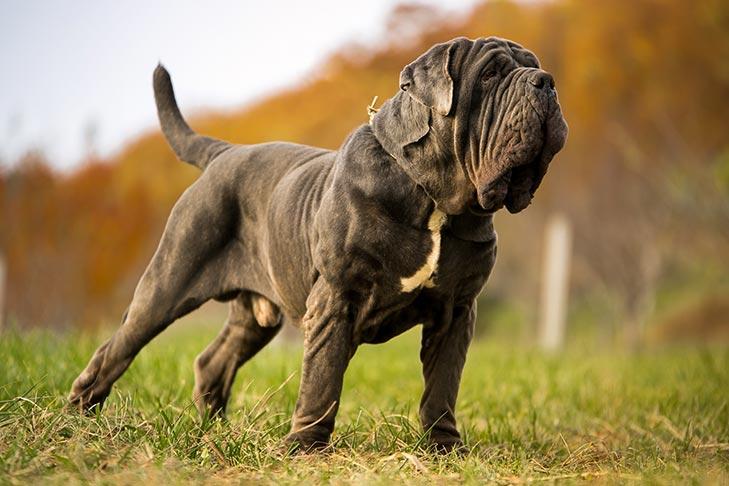
- Origin and History: Originating from Italy, the Neapolitan Mastiff is a breed of ancient lineage, known for its role as a guardian and protector. Their imposing appearance was designed to intimidate those who might trespass upon their owner’s property.
- Characteristics: They are massive, with loose, wrinkled skin and a stoic demeanor. Despite their formidable appearance, they are known for being loyal and affectionate with their families.
- Average Purchase Price: $2,000 – $3,000, with the cost reflecting the breed’s rarity and the expenses involved in breeding such large dogs.
- Maintenance and Care Costs: High, due to their potential for health issues, including joint problems and heart conditions. They also require regular grooming to maintain their skin health.
- Why It’s Expensive: Their size, rarity, and the specific care requirements make the Neapolitan Mastiff a more costly breed, both in terms of initial price and ongoing care.
- Ownership Considerations: Suitable for experienced dog owners, they require ample space and a committed owner prepared to handle their health needs and socialization from an early age.
13- Breed Name: Akita
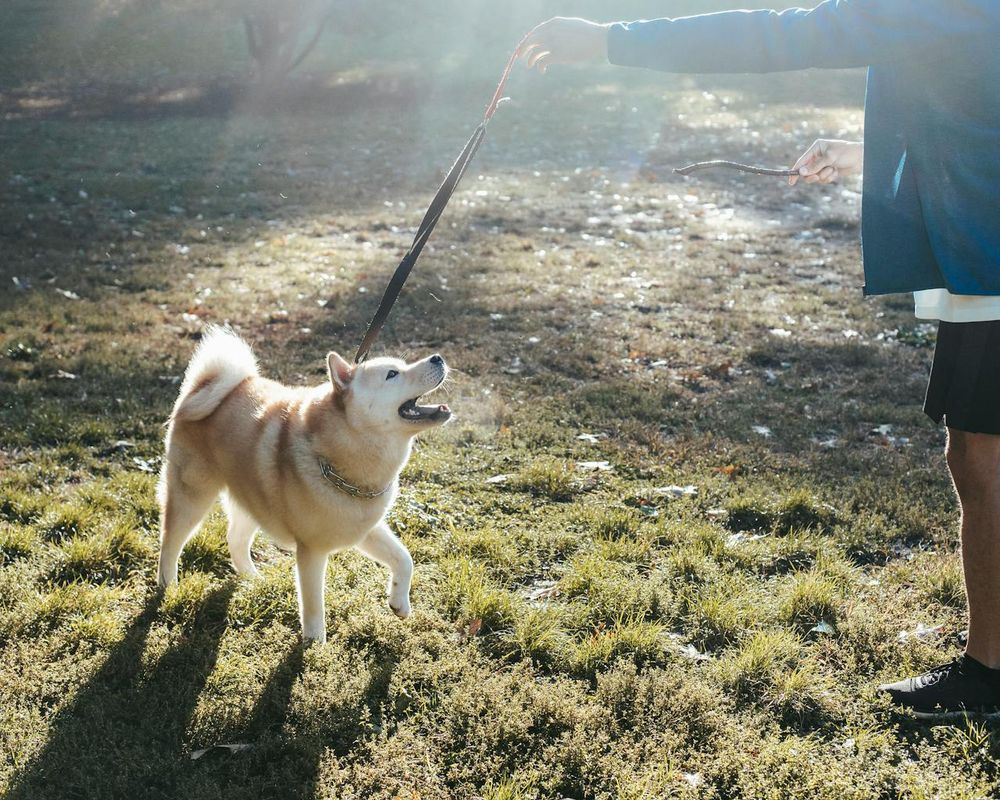
- Origin and History: The Akita is a noble breed from Japan, originally used for hunting bear, wild boar, and deer. They are revered in their native country and symbolize good health, happiness, and longevity.
- Characteristics: Akitas are large, powerful dogs with a strong, dignified presence. They are known for their loyalty, courage, and reserved nature towards strangers while being affectionate with their family.
- Average Purchase Price: $750 – $2,000, with variations based on pedigree and whether the dog is of Japanese or American lineage.
- Maintenance and Care Costs: Relatively high, due to their susceptibility to certain genetic conditions, including hip dysplasia and autoimmune diseases. They also require regular grooming.
- Why It’s Expensive: While not the most expensive to purchase, their care costs and the need for a dedicated, experienced owner add to the overall investment in an Akita.
- Ownership Considerations: Akitas require a confident owner who can provide firm, consistent training and socialization. They are best suited to a home without other pets and with a secure outdoor space.
14- Breed Name: Saluki
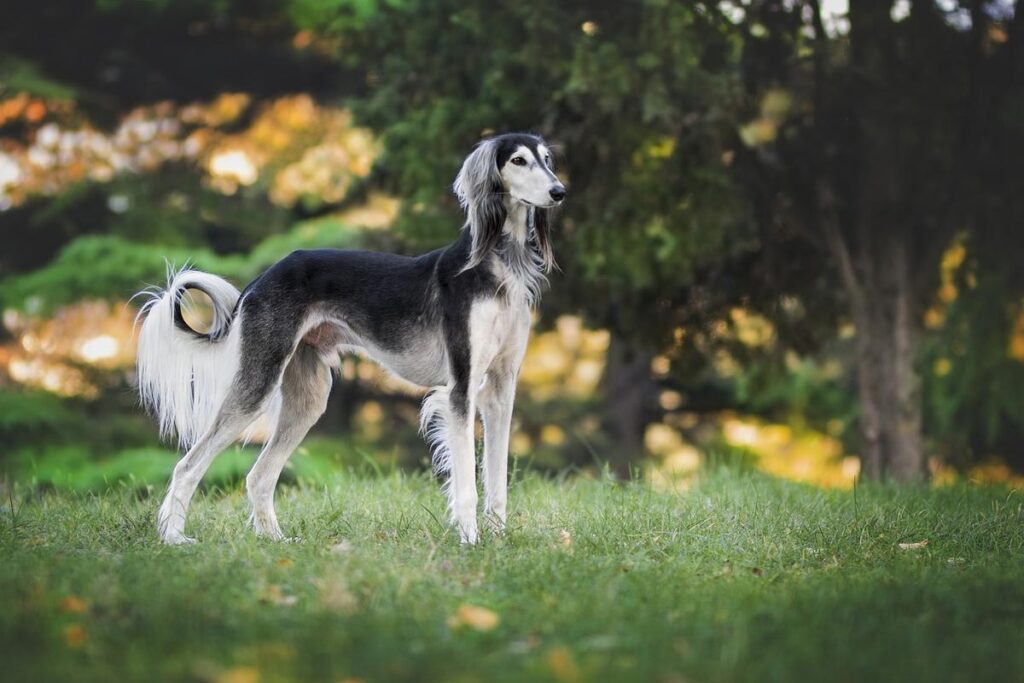
- Origin and History: The Saluki is one of the oldest dog breeds, with origins in the Middle East. Traditionally used for hunting by nomadic tribes, they are known for their incredible speed and endurance.
- Characteristics: Salukis are graceful and slender, with a distinctive silky coat and deep, expressive eyes. They possess a quiet dignity and are independent yet affectionate with their families.
- Average Purchase Price: $2,000 – $2,500, though this can vary widely with lineage and breeder.
- Maintenance and Care Costs: Moderate. While they have relatively few genetic health problems, they do require regular exercise to maintain their physical and mental health, and their coat requires routine grooming.
- Why It’s Expensive: Their ancient lineage, elegance, and the relatively rare status outside of their native region contribute to their value.
- Ownership Considerations: Salukis are best suited to homes that can provide ample space for exercise. They have a strong prey drive, so a secure outdoor area is crucial. They are gentle and loyal, making them excellent companions.
15- Breed Name: Great Dane
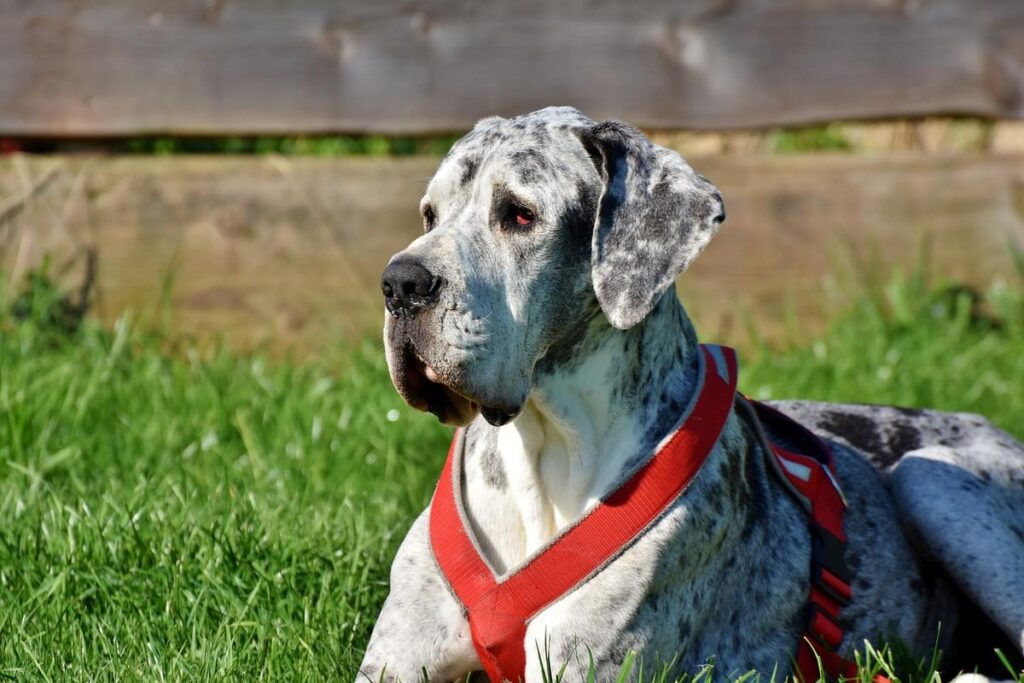
- Origin and History: Originating from Germany, the Great Dane is known as the “Apollo of dogs” due to its noble appearance and sizable stature. Historically bred for hunting wild boar and deer, they have evolved into gentle giants, sought after for companionship.
- Characteristics: Great Danes stand out for their impressive height, reaching up to 32 inches (81 cm) at the shoulder. Despite their size, they are gentle, affectionate, and great with children, making them excellent family pets.
- Average Purchase Price: $600 – $3,000, with prices varying based on lineage and the specific colors of the breed.
- Maintenance and Care Costs: While their grooming needs are minimal due to their short coat, their health care costs can be significant. They are prone to heart conditions, bloat, and joint issues due to their large size, which can lead to higher veterinary expenses.
- Why It’s Expensive: The initial cost can be attributed to the breed’s size, popularity, and the cost associated with breeding large dogs. Their significant healthcare needs can also contribute to the overall expenses of owning a Great Dane.
- Ownership Considerations: Potential owners should have ample space for these large dogs and be prepared for the costs associated with their health care. Early training and socialization are recommended to manage their size as they grow.
16- Breed Name: Doberman Pinscher
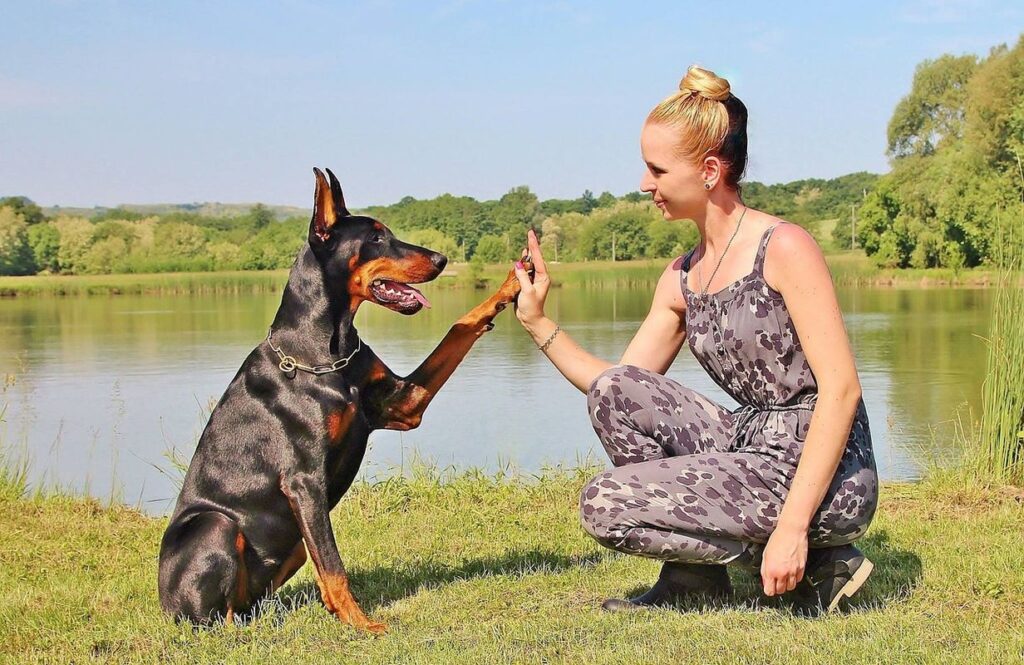
- Origin and History: The Doberman Pinscher was developed in Germany in the late 19th century, primarily as a guard dog. Named after its creator, Karl Friedrich Louis Dobermann, this breed is known for its loyalty, intelligence, and protective nature.
- Characteristics: Dobermans are sleek, powerful dogs with a muscular build and a reputation for being alert and fearless. They are highly intelligent and trainable, making them excellent working dogs for police and military roles, as well as loyal family protectors.
- Average Purchase Price: $1,500 – $2,500, with price depending on the breeder’s reputation, the dog’s lineage, and training levels.
- Maintenance and Care Costs: Dobermans have a relatively low grooming requirement but are prone to certain genetic health issues like cardiomyopathy and hip dysplasia, which can increase medical costs.
- Why It’s Expensive: The cost reflects their breed’s versatility as both a working dog and a companion, their intelligence, and the costs associated with ethical breeding practices focused on health and temperament.
- Ownership Considerations: Suitable for active families or individuals, Dobermans require regular exercise and mental stimulation. Firm, positive training from an early age is essential to harness their capabilities and ensure they are well-adjusted pets.
17- Breed Name: Rottweiler
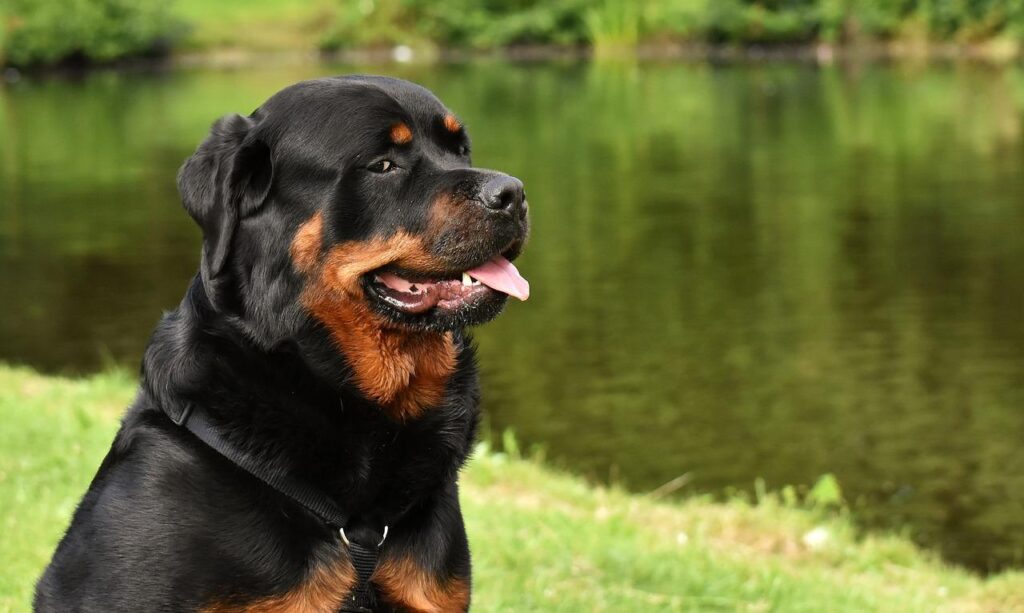
- Origin and History: The Rottweiler has its origins in ancient Rome, where it was used to herd livestock and pull carts laden with butchered meat to market. This breed is robust and powerful, known for its loyalty and protective instincts.
- Characteristics: Rottweilers are medium to large dogs with a black coat with rust to mahogany markings. They are confident, calm, and courageous, with a natural guarding instinct that makes them vigilant protectors of their families.
- Average Purchase Price: $1,000 – $2,500, influenced by the breeder’s reputation and the quality of the lineage.
- Maintenance and Care Costs: They require moderate grooming but need regular exercise and mental stimulation to manage their strength and intelligence. Health care costs can be significant due to their susceptibility to hip dysplasia, heart conditions, and other genetic issues.
- Why It’s Expensive: Their price reflects their popularity as both a family pet and a working dog, the costs of responsible breeding, and their comprehensive training needs.
- Ownership Considerations: Rottweilers thrive with experienced owners who can provide firm, consistent training and socialization. They need physical and mental engagement to be well-balanced.
18- Breed Name: Bichon Frise
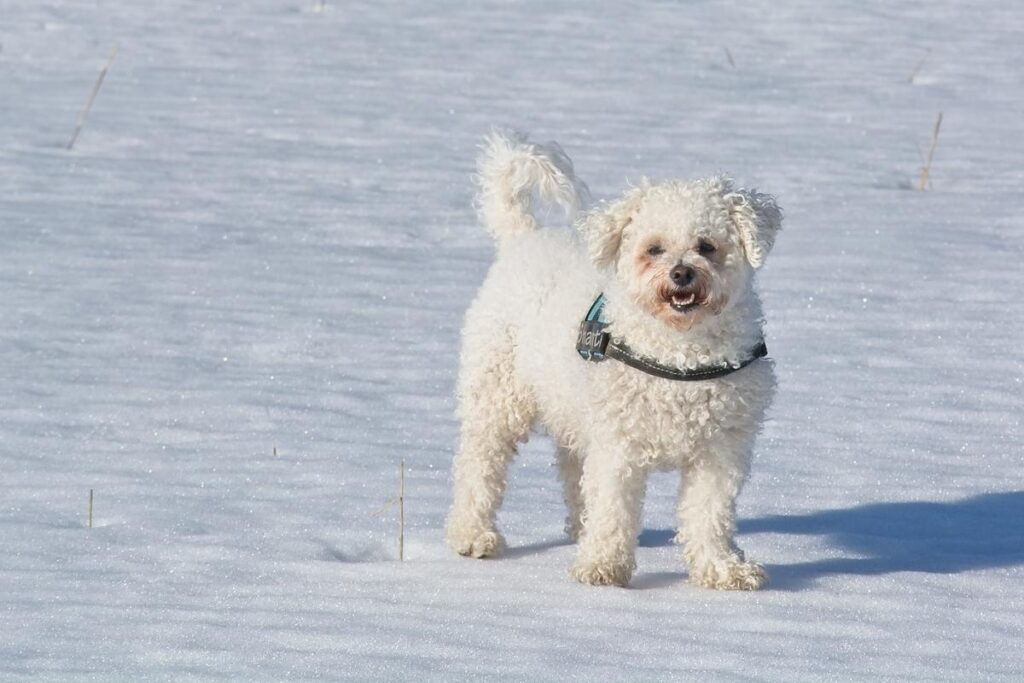
- Origin and History: The Bichon Frise, a small breed of dog, has roots in the Mediterranean and became popular in France during the Renaissance. Historically, they were companions of sailors and later became a favorite of French royalty.
- Characteristics: Known for their white, fluffy coats and cheerful dispositions, Bichon Frises are playful, affectionate, and great with families. Their hypoallergenic coat makes them a popular choice for those with allergies.
- Average Purchase Price: $500 – $2,500, with the range depending on the breeder and the dog’s pedigree.
- Maintenance and Care Costs: Their grooming needs are high to maintain their distinctive coat. They are generally healthy, but like all breeds, they can be prone to certain health issues, which can affect long-term care costs.
- Why It’s Expensive: The cost is influenced by their popularity, the demand for hypoallergenic breeds, and the extensive grooming their coat requires.
- Ownership Considerations: Ideal for families looking for a small, energetic dog that does well in apartments. Owners should budget for regular professional grooming and ensure they have the time for daily exercise and interaction.
19- Breed Name: Siberian Husky
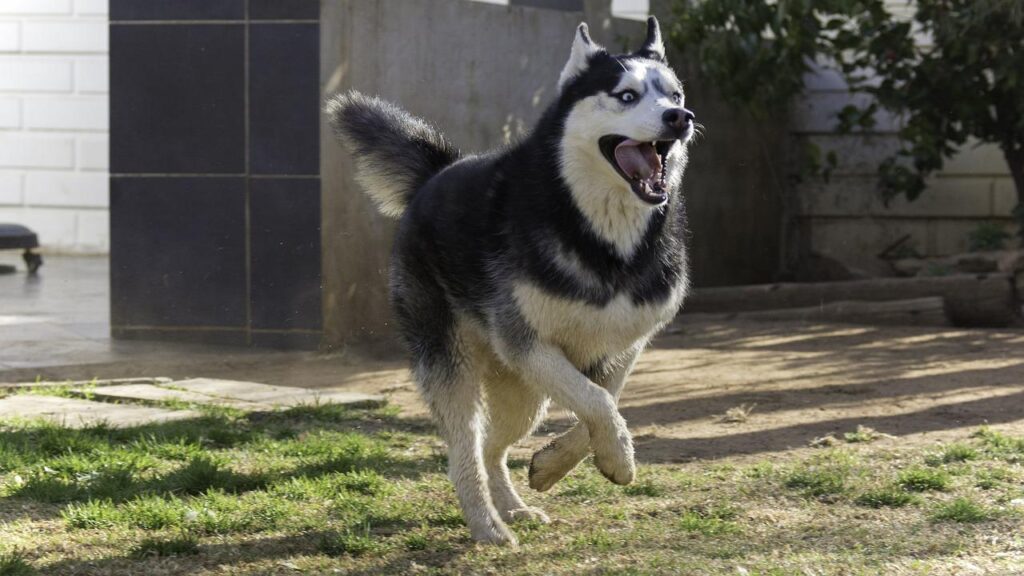
- Origin and History: Originating from Siberia, the Siberian Husky was bred by the Chukchi people for sled pulling and companionship. Known for their endurance and willingness to work, they later became popular as racing and show dogs outside their native land.
- Characteristics: Siberian Huskies are medium-sized dogs with a dense double coat, striking blue or multi-colored eyes, and a wolf-like appearance. They are known for their friendly disposition, intelligence, and energy.
- Average Purchase Price: $600 – $1,500, with costs varying based on lineage, eye color, and coat patterns.
- Maintenance and Care Costs: Their thick coat requires regular grooming, especially during shedding season. While generally healthy, they can be prone to certain genetic conditions like hip dysplasia and eye disorders, which can impact long-term care costs.
- Why It’s Expensive: While not the most expensive in terms of initial purchase price, the appeal of their striking appearance and the costs associated with maintaining their health and coat contribute to their overall expense.
- Ownership Considerations: Huskies are best suited for active families or individuals who can provide them with plenty of exercise and mental stimulation. Their strong prey drive and tendency to escape make a secure yard essential.
20- Breed Name: Pomeranian
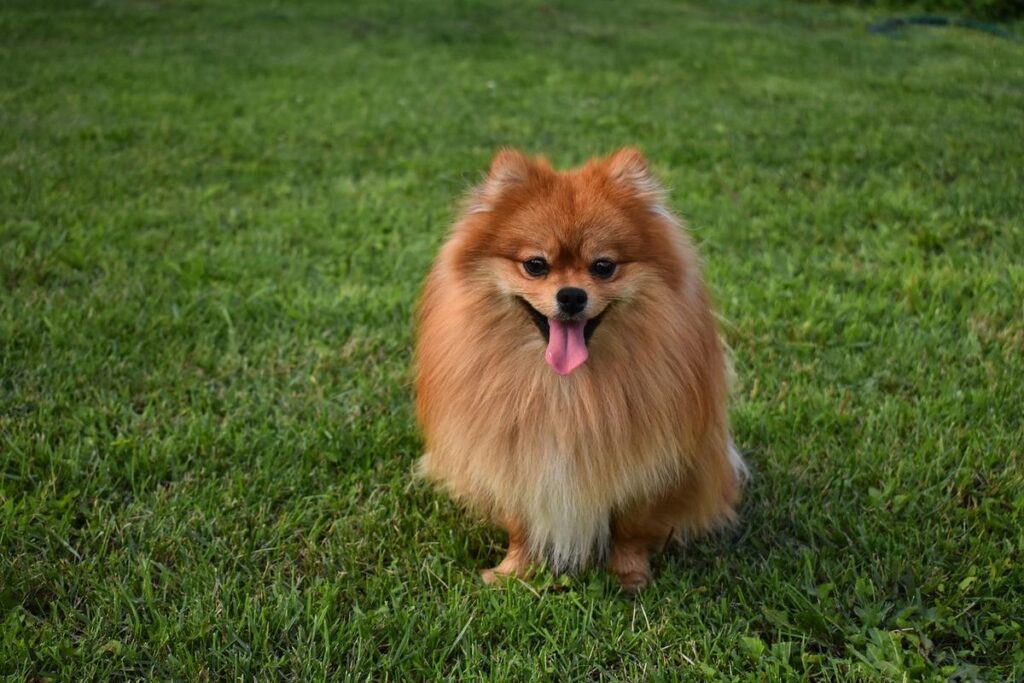
- Origin and History: The Pomeranian, named after the Pomerania region in Central Europe (now parts of Poland and Germany), is a breed of the Spitz type. They were bred down to their small size from larger sled and herding dogs. Famous for their association with royalty, including Queen Victoria, Pomeranians have become a popular companion breed.
- Characteristics: Pomeranians are small dogs known for their fluffy coats, fox-like faces, and lively personalities. They are alert, curious, and can be quite vocal, making them excellent watchdogs.
- Average Purchase Price: $500 – $4,000, significantly influenced by the coat color, pedigree, and breeder’s reputation.
- Maintenance and Care Costs: Their luxurious double coat requires regular grooming to prevent matting and reduce shedding. They are generally healthy but can be prone to dental issues, which necessitates ongoing dental care.
- Why It’s Expensive: The high end of the price range can be attributed to the demand for specific coat colors or “teacup” sizes, as well as the costs associated with their grooming needs.
- Ownership Considerations: Pomeranians are well-suited to apartment living but do require regular exercise and mental engagement. Their small size makes them delicate, so they’re best in homes without very young children.
21- Breed Name: Dalmatian

- Origin and History: Known for their unique spotted coats, Dalmatians have a diverse history, used as dogs of war, border patrols, and hunters, and are famed as firehouse mascots. Their origins trace back to the Dalmatia region of Croatia, though they have been a part of many cultures throughout history.
- Characteristics: Dalmatians are medium-sized, muscular dogs known for their intelligence, energy, and friendly, outgoing nature. Their most distinctive feature is their black or liver-spotted coat.
- Average Purchase Price: $800 – $1,200, depending on the breeder’s reputation and the dog’s lineage and markings.
- Maintenance and Care Costs: They require regular exercise to manage their high energy levels. Health-wise, they are prone to urinary stones and deafness, which can affect their care requirements and costs.
- Why It’s Expensive: While their purchase price may not be as high as other breeds, the cost of ensuring a healthy lifestyle and managing potential health issues can add up.
- Ownership Considerations: Ideal for active owners who can provide them with plenty of exercise and engagement. Their sociable nature makes them great family pets, but potential owners should be aware of their health risks.
22- Breed Name: Weimaraner
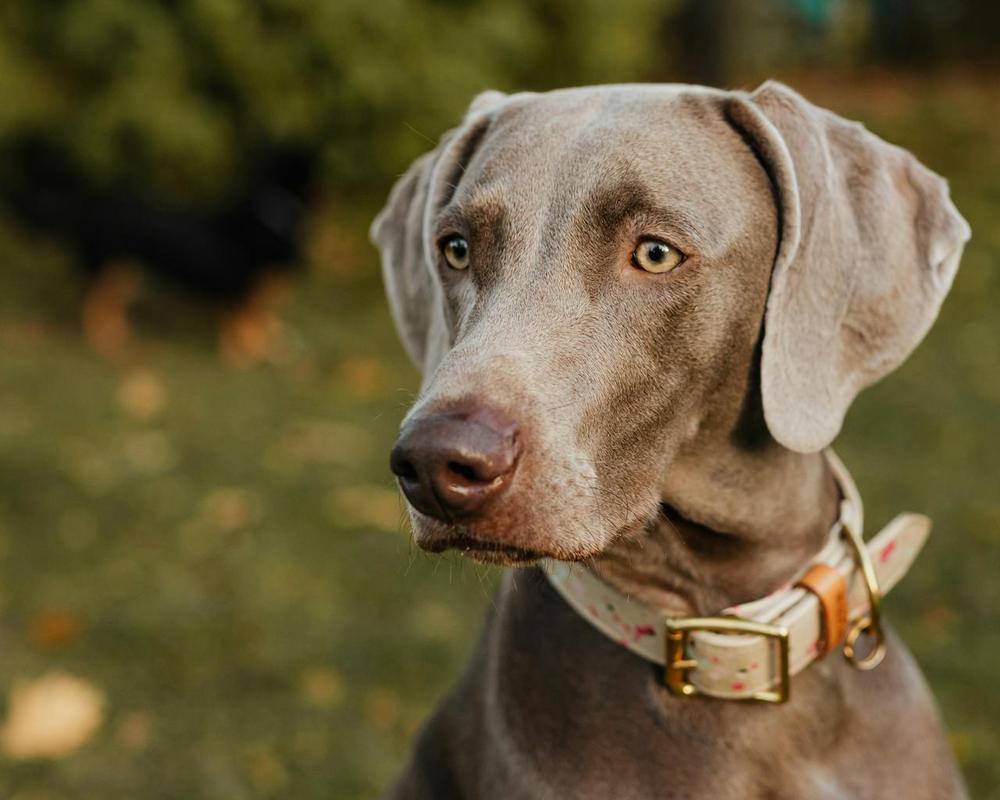
- Origin and History: The Weimaraner, also known as the “Grey Ghost” due to its distinctive silver-grey coat, originated in Germany in the early 19th century. They were bred as hunting dogs for large game such as boar, bear, and deer, and are valued for their speed, scenting ability, and intelligence.
- Characteristics: Weimaraners are large, athletic dogs known for their friendly and obedient nature, though they can be stubborn. They are highly energetic and thrive on exercise and interaction.
- Average Purchase Price: $700 – $1,200, with prices influenced by the breeder’s reputation and the dog’s pedigree.
- Maintenance and Care Costs: Their short coat requires minimal grooming, but they need ample exercise and mental stimulation to prevent boredom and destructive behavior. They are generally healthy but can be prone to certain conditions like gastric torsion and hip dysplasia.
- Why It’s Expensive: The cost reflects their versatility as both companion and working dogs, their intelligence, and the care involved in breeding dogs with such desirable traits.
- Ownership Considerations: Best suited for active and experienced dog owners, Weimaraners need a lot of exercise and do best in homes where they can be part of the family activities. Their strong hunting instincts require careful management, especially around small animals.
23- Breed Name: English Setter
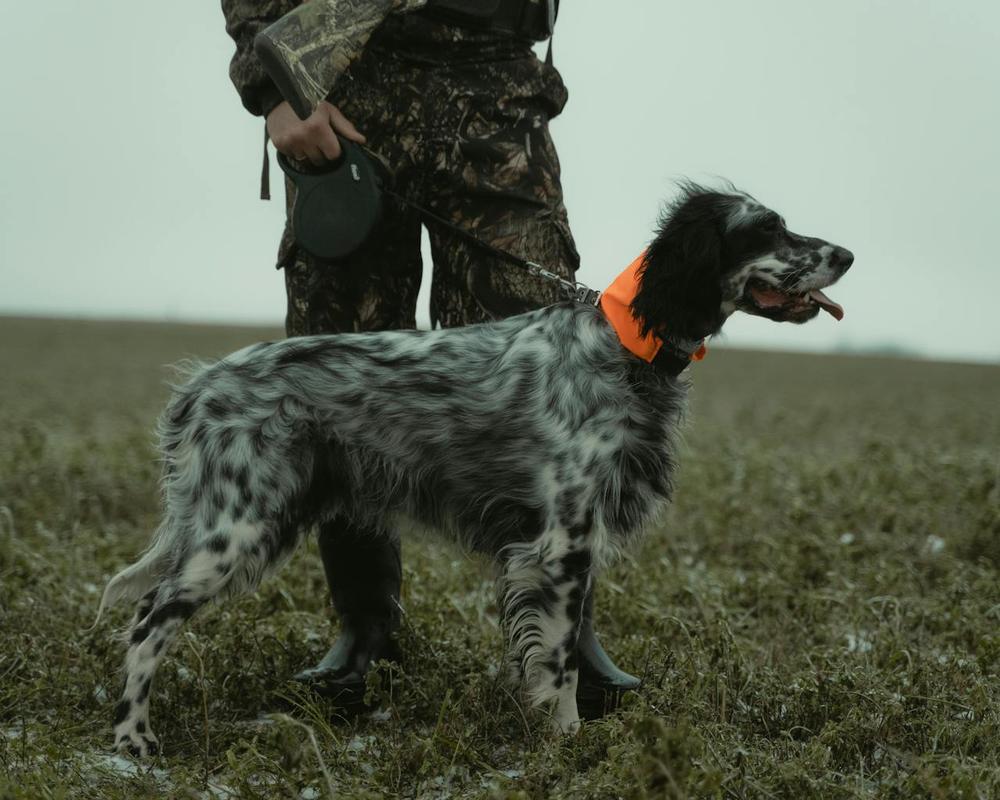
- Origin and History: The English Setter, one of the oldest gundog breeds, was developed in England over 400 years ago primarily for bird hunting. Known for their remarkable sense of smell and their methodical hunting style, they have also become cherished companions for their gentle and friendly nature.
- Characteristics: English Setters are elegant and graceful dogs, with a unique speckled coat that comes in various colors. They are known for their friendly, mild-mannered temperament, making them excellent family pets.
- Average Purchase Price: $700 – $1,500, with prices varying based on the dog’s lineage, the breeder’s reputation, and the specific coat pattern.
- Maintenance and Care Costs: While their long, silky coats require regular grooming to prevent mats and tangles, they are generally healthy dogs. However, like many breeds, they can be prone to genetic health issues such as hip dysplasia and congenital deafness, which can impact long-term healthcare costs.
- Why It’s Expensive: Their cost is influenced by their pedigree, the care required to maintain their beautiful coats, and their status as versatile hunting dogs and affectionate companions.
- Ownership Considerations: English Setters are best suited to active families or individuals who can provide them with plenty of space to run and play. They thrive on companionship and can suffer from separation anxiety if left alone for long periods.
24- Breed Name: Bernedoodle
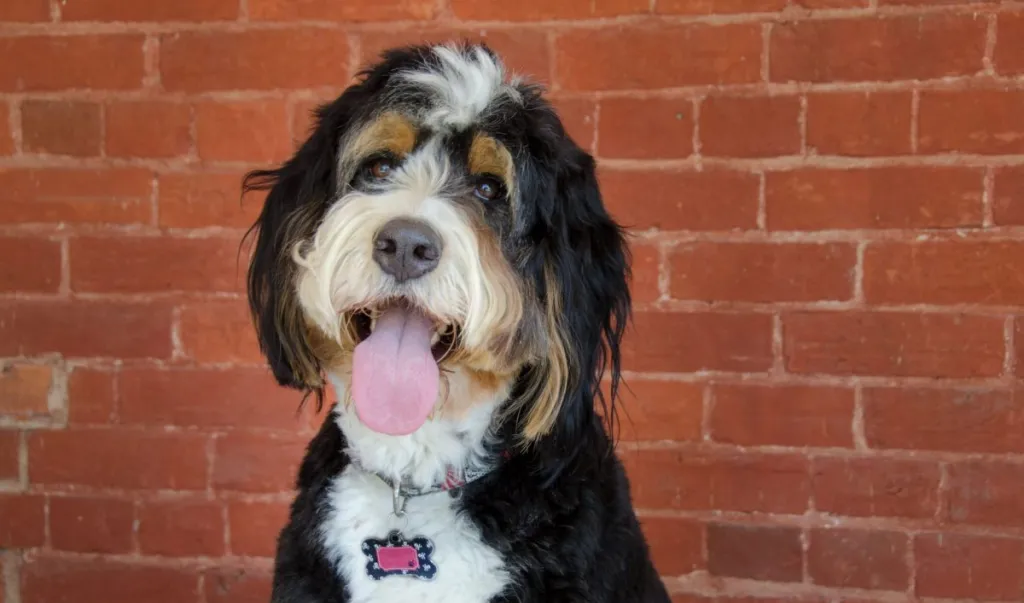
- Origin and History: The Bernedoodle is a designer breed, a cross between the Bernese Mountain Dog and the Poodle, developed in the early 2000s. They were bred to combine the intelligence and low-shedding coat of the Poodle with the friendly, calm nature of the Bernese Mountain Dog, making them ideal companions.
- Characteristics: Bernedoodles come in various sizes, depending on the size of the Poodle used in breeding. They are known for their goofy, affectionate nature, and their coat can vary from curly to straight, typically featuring the distinctive colors and markings of the Bernese Mountain Dog.
- Average Purchase Price: $2,500 – $5,000, significantly influenced by the coat type, size, and color, as well as the breeder’s reputation.
- Maintenance and Care Costs: Their grooming needs can be high, especially for those with curlier coats that mat easily. They are generally healthy but can inherit some of the health issues common to their parent breeds, such as hip dysplasia and von Willebrand’s disease.
- Why It’s Expensive: Their popularity as hypoallergenic companions, combined with their friendly and intelligent nature, contributes to their high price. The cost of ethical breeding practices and ensuring the health of the parent breeds also plays a significant role.
- Ownership Considerations: Bernedoodles are adaptable to various living situations but do best with active families or individuals who can provide them with mental stimulation and physical exercise. Their social nature means they thrive on interaction with their human companions.
25- Breed Name: Portuguese Water Dog
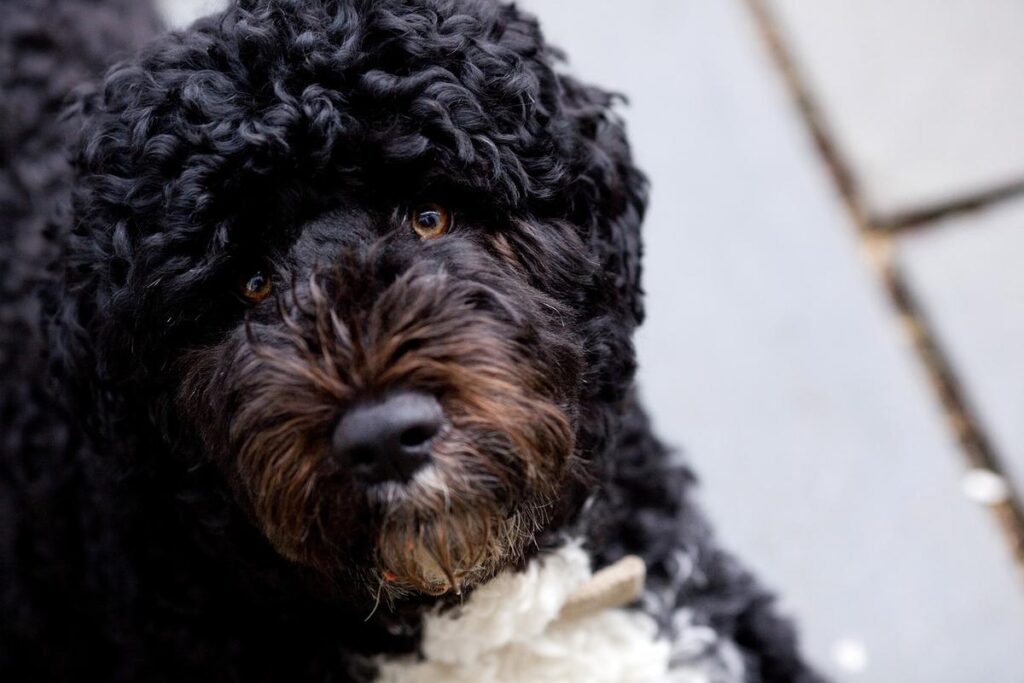
- Origin and History: Portuguese Water Dogs were originally bred to work with fishermen along the coast of Portugal, herding fish into nets, retrieving lost gear, and delivering messages between ships and shore. They gained popularity worldwide for their intelligence, energy, and non-shedding coat.
- Characteristics: These medium-sized, muscular dogs are known for their swimming ability, with a waterproof coat and webbed feet. They are highly intelligent, loyal, and active, making them excellent companions for active individuals or families.
- Average Purchase Price: $2,000 – $2,500, with prices affected by the breeder’s reputation, the dog’s lineage, and coat color and quality.
- Maintenance and Care Costs: Their curly, waterproof coat requires regular grooming to prevent matting. They are generally healthy but can be prone to genetic disorders like hip dysplasia and GM1 storage disease, which potential owners should be aware of.
- Why It’s Expensive: Their unique skills as water dogs, combined with their hypoallergenic coat and the costs associated with responsible breeding, contribute to their premium price.
- Ownership Considerations: Portuguese Water Dogs are best suited for owners who can provide plenty of physical and mental exercise. They excel in dog sports and activities that challenge their mind and body, such as agility, obedience, and swimming.
Each of these breeds, from the Samoyed to the robust Portuguese Water Dog, brings a unique blend of characteristics, history, and companionship to their human families. While the upfront and ongoing costs of owning these breeds can be high, the joy, loyalty, and unconditional love they provide are priceless. Prospective owners should carefully consider their lifestyle, budget, and the specific needs of the breed to ensure a happy and healthy life for their furry family member.
Financial Considerations of Dog Ownership
Owning a dog is a long-term financial commitment. Beyond the initial purchase, there’s veterinary care, potential health issues, insurance, feeding, grooming, and more. It’s crucial for potential dog owners to understand and prepare for the full scope of these responsibilities.
The Value of Expensive Dog Breeds
Why do people choose to invest in these expensive dog breeds? For many, it’s about more than just having a pet; it’s about companionship, the breed’s unique qualities, or perhaps the prestige and potential rewards of dog shows.
Alternatives to Buying Expensive Dog Breeds
It’s worth mentioning that adoption or rescue offers a loving and cost-effective alternative to buying an expensive breed. Many purebreds and mixed breeds are waiting in shelters for their forever homes.
Conclusion
In the end, the value of a dog lies not in its price tag but in the joy and companionship it brings to our lives. Whether you’re set on a specific breed or open to adopting, understanding the financial and care commitments is key. After all, a dog’s worth is measured in the love it gives, and the joy it brings to your household.

